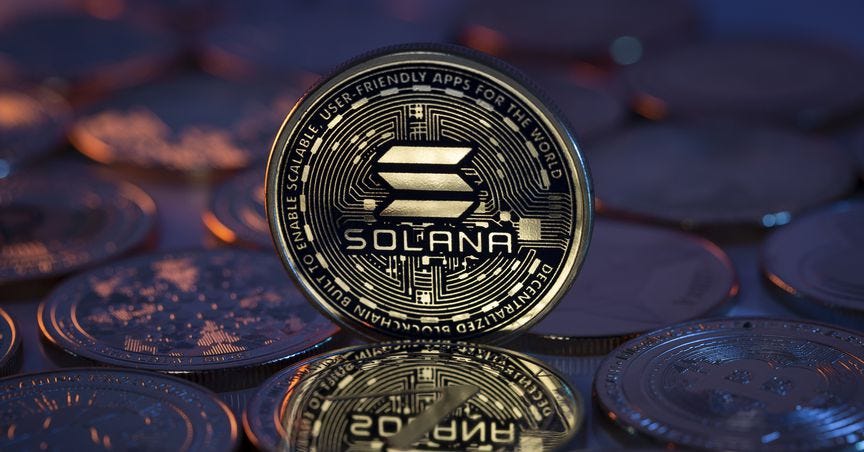
Ecological Impact of Cryptocurrency Mining and Ways to Reduce It
Cryptocurrency has dramatically reshaped the digital financial landscape, but its environmental footprint remains a growing concern. As the industry expands, so does its energy demand—particularly from mining operations based on Proof of Work algorithms. In early 2025, the focus on sustainability has intensified, prompting both criticism and innovation aimed at reducing harm to the planet.
Environmental Consequences of Cryptocurrency Mining
One of the most pressing issues associated with cryptocurrency mining is energy consumption. Mining operations for currencies like Bitcoin rely on solving complex mathematical problems, which demands substantial computing power. This power, in turn, translates into large electricity usage—frequently supplied by fossil fuel-based power grids.
The carbon footprint from mining has become comparable to that of some entire nations. A 2024 analysis by the Cambridge Centre for Alternative Finance showed Bitcoin’s annual energy consumption was roughly equivalent to that of the Netherlands. Most of this demand is met in regions where renewable energy is not yet the dominant source.
In addition to carbon emissions, mining generates a significant amount of electronic waste. The rapid pace of hardware obsolescence, especially among ASIC miners, leads to the disposal of thousands of tonnes of outdated and often non-recyclable components.
Wider Ecological and Social Ramifications
Environmental damage from mining extends beyond emissions. In some areas, mining farms draw excessive amounts of water for cooling, contributing to local water stress. Furthermore, the noise pollution from large-scale mining facilities has prompted social backlash in communities near such installations.
There’s also the issue of land use. In places like Inner Mongolia and Kazakhstan, mining operations have occupied areas previously designated for agriculture or natural habitats, intensifying land degradation and biodiversity loss.
The combined environmental and social toll of mining has sparked international discussions on regulatory intervention and raised ethical concerns among investors and developers alike.
Innovative Approaches to Sustainable Mining
The crypto industry has begun exploring alternative consensus mechanisms to reduce ecological damage. The most significant shift has been toward Proof of Stake (PoS), a model that requires far less energy. Ethereum’s successful transition to PoS in 2022 reduced its energy consumption by over 99%, a move widely praised by environmental organisations.
Other projects are implementing hybrid models, such as Proof of Authority or Delegated Proof of Stake, which maintain network security while dramatically lowering resource use. These systems rely more on trust and community validation than computational intensity.
Beyond protocol changes, miners are beginning to incorporate renewable energy solutions. In regions with abundant solar or wind power, such as Texas or parts of Scandinavia, mining firms are increasingly building their operations near clean energy sources to cut carbon output and stabilise local grids.
Recycling and Hardware Efficiency
Another important strategy involves improving the hardware cycle. Manufacturers are developing longer-lasting, energy-efficient mining equipment to reduce electronic waste and energy requirements. Some companies now offer modular machines that can be upgraded instead of discarded entirely.
In parallel, e-waste recycling initiatives are gaining momentum. Partnerships between mining farms and recycling companies ensure proper handling of obsolete components, reducing environmental harm and reclaiming valuable metals and minerals.
Energy efficiency standards, inspired by those used in traditional computing industries, are also emerging, guiding the production and operation of more sustainable mining hardware worldwide.

Regulatory Measures and Policy Development
As environmental concerns mount, governments and international bodies are beginning to implement regulatory frameworks targeting crypto mining. Some regions have introduced energy consumption limits for mining farms or imposed moratoriums on new mining permits until sustainability assessments are conducted.
In Europe, the Markets in Crypto-Assets (MiCA) regulation is being expanded to include environmental disclosures, requiring crypto projects to provide information about their ecological footprint. Similar frameworks are under discussion in North America and Asia.
Transparency and public accountability are also playing a growing role. Investors and users now expect sustainability reports from major crypto operations, pressuring companies to adopt cleaner practices to maintain credibility and user trust.
International Collaboration and Future Outlook
Reducing the environmental impact of mining will require global cooperation. Initiatives like the Crypto Climate Accord aim to align the industry with the Paris Agreement goals by achieving net-zero emissions by 2030. Dozens of companies and organisations have already signed on.
Cross-border knowledge sharing is becoming crucial. Countries that have developed successful green mining practices are now offering guidance to emerging markets entering the crypto space. This collaborative spirit fosters technological innovation and policy alignment.
Looking ahead, the future of sustainable crypto mining depends on a balance of regulation, innovation, and industry responsibility. By continuing to evolve, the industry has a real opportunity to minimise its environmental footprint while maintaining decentralised financial progress.


